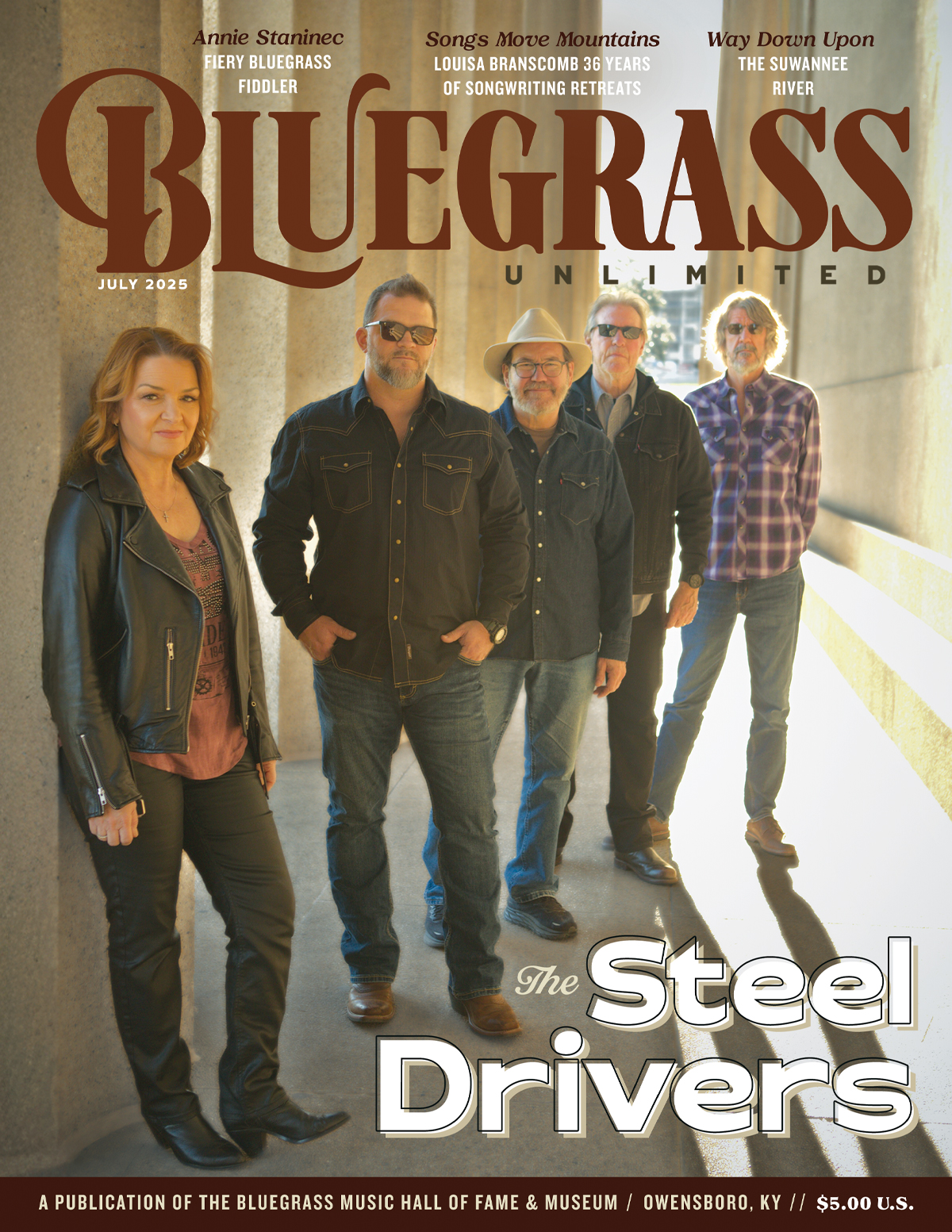MISSISSIPPI FIDDLE TUNES AND SONGS FROM THE 1930s
MISSISSIPPI FIDDLE TUNES AND SONGS FROM THE 1930
BY HARRY BOLICK AND STEPHEN T. AUSTI
Univ. Press of Miss. 9781496804075. (University of Mississippi Press, 3825 Ridgewood Rd., Jackson, MS 39211, www.upress.state.ms.us.)
This huge book is full of tunes, songs, and, inspite of the title, even banjo tablature. The transcriptions run the gambit from rather rudimentary to highly detailed, including bowing. All of the tunes and songs were collected as part of a WPA project in the summer of 1936 by 130 field workers. In 1939, Herbert Halpert and Abbott Ferriss went back following leads left by these workers and recorded 144 fiddle tunes. Prior to the release of this book, 43 of the best fiddle tunes were released on an LP, Great Yam Potatoes. For the first time, we get a deeper look into the breadth and depth of the folk music of Mississippi in the 1930s.
The inclusion of notes on the informants of the transcriptions brings the people who made the music come to life, if only in tiny snatches. They often lived in dire poverty as rural America was hit very hard during the Great Depression, and the collecting of this music was part of a great investment in America being made at that time. Naming conventions are out, as many tunes were actually known elsewhere with completely different titles. This highlights the provincial view of the informants.
The authors have done a compelling job of bringing together and presenting this material that it might be utilized not only by musicians looking for traditional music from the region, but also by historians trying to fill in gaps in the life and times of this state. The writing style is lucid and flows very nicely, bringing the events into sharp focus. There are several appendices detailing maps of the recording process and one that includes information about Alivs Massengale, a fiddler whose music was collected in the 1970s. This is a scholarly work worthy of the attention of all who are interested in learning more about the roots of string band music.RCB
